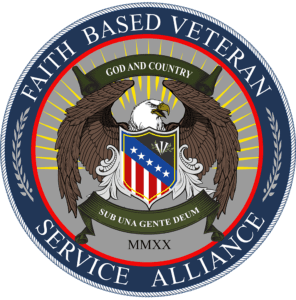The photo below is of the moth Uropyia meticulodina, which is native to China. Yes, it looks like a curled up, dried leaf. But it isn’t a dead leaf. It’s a living moth. It’s also a stunning display of mimicry in nature. But it’s mimicry at a higher level. You see, although the surface of the moth’s wing appears to curl at its bottom and top. Although, this is only an illusion. The surface of its wing is perfectly flat. It’s an example of a three-dimensional illusion on a flat surface.
 Mimicry
Mimicry
Mimicry in nature is common. As one article stated, examples of mimicry include “a mantis that mimics a harmless orchid to attract prey, to a caterpillar that looks like a snake to fend off predators and birds camouflaged as toxic caterpillars.”
Mimicry is the way God equips less competitive creatures to survive in a competitive world. It evens the playing field for weaker organisms. Thus it is an expression of divine justice in nature since it helps the helpless.
Mimicry normally takes the form of a defense (to guard an organism against predators) or to help an organism catch prey. For the Uropyia meticulodina mimicry is purely defensive.
The existence of mimicry in nature presents a complicating problem for proponents of Darwinism. On top of trying to explain the incredibly complex organism itself on the basis of mindless processes, one must also explain the camouflage that makes it look amazingly similar to a more threatening or more inviting organism. The tail of a caterpillar looks like the head of a venomous snake. The praying mantis looks like an orchid. Are we to believe that such small-brained creatures were able to perform their own genetic engineering to accomplish the work of a stellar artist?
Don’t Believe Everything

To make matters worse for the Darwinist, the mimicking organism Uropyia meticulodina also applies the skills of a three-dimensional artist. Moreover, three-dimensional art is very popular today. But it took centuries for humanity to master it. Although examples of shading appear in paintings from the First to Fifth Centuries in Roman art, these were still on a very simple scale. With the fall of the Western Roman Empire, the skills used to portray depth on a flat surface were lost. It was not until the early Renaissance that contrasting lights and darks were used to portray realistic depth. But only in the last few decades have we seen the stunning realism of depth in a modern three-dimensional painting.
Furthermore, God has had an example of it all along in the “dead-leaf-caterpillar.” Believe me, faith in a supreme God is the most rational response to the orderliness and complexity we see in nature.
Yet so many in our scientific community have been conditioned to believe in fables as silly as a frog turning into a prince. Simply add plenty of time to the equation. Recite the mantras of “the fact of evolution” and “natural selection works wonders.” Eventually, you’ll begin to believe anything.
Paul the apostle accurately described humanity’s quest for knowledge without God. “Professing themselves to be wise, they became fools, and changed the glory of the incorruptible God into an image made like to corruptible man, and to birds, and four-footed beasts, and creeping things” (Romans 1:22–23).
PRAYER:
Dear Father in heaven, please open my blind eyes to the wonders of Your creation. In the complexity, orderliness, and beauty that surrounds me, help me to see Your divine signature, wisdom, power, and love. Amen.
Information from: https://boingboing.net/2018/12/04/moth-looks-like-a-dead-leaf.html
https://en.wikipedia.org/wiki/Uropyia_meticulodina
https://whyevolutionistrue.wordpress.com/2013/08/31/best-mimicry-ever/
https://theweek.com/articles/459667/how-did-humans-learn-paint-3-dimensions








